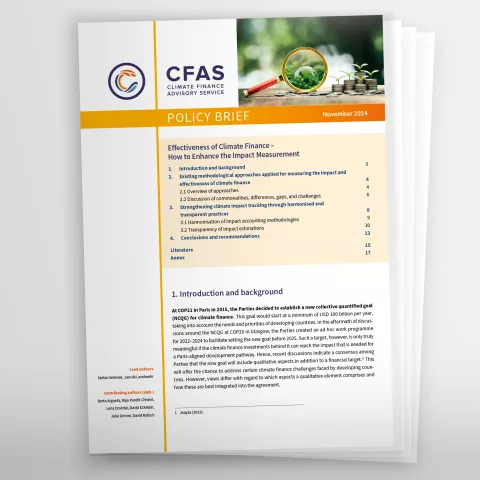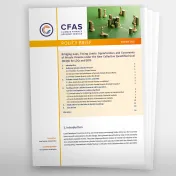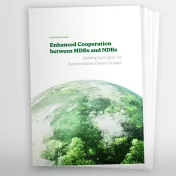
How can we ensure that financial commitments lead to transformative, measurable outcomes? This question comes into focus as the global community charts a path toward the New Collective Quantified Goal (NCQG) for climate finance beyond 2025. With a minimum starting point of USD 100 billion annually, the NCQG represents not just a target but an opportunity to align resources with the urgent climate needs of developing countries.
With scarce resources compared to the estimated needs of developing countries, it is essential to ensure every dollar spent yields maximum climate benefits. However, the current lack of standardised approaches creates gaps in assessing effectiveness, undermining trust and the ability to compare results across projects and funding sources.
Our CFAS policy brief identifies these gaps and explores ways to improve impact measurement, including recommendations for COP29 to incorporate robust, transparent methodologies into the NCQG. Moving beyond mere financial disbursements, we examine how climate finance can drive tangible results, such as reducing greenhouse gas emissions and bolstering resilience against climate impacts. While developed countries often emphasise effectiveness to introduce conditionalities, this brief shifts the perspective, highlighting how harmonised and transparent methodologies can empower developing countries to unlock the full potential of climate investments.




